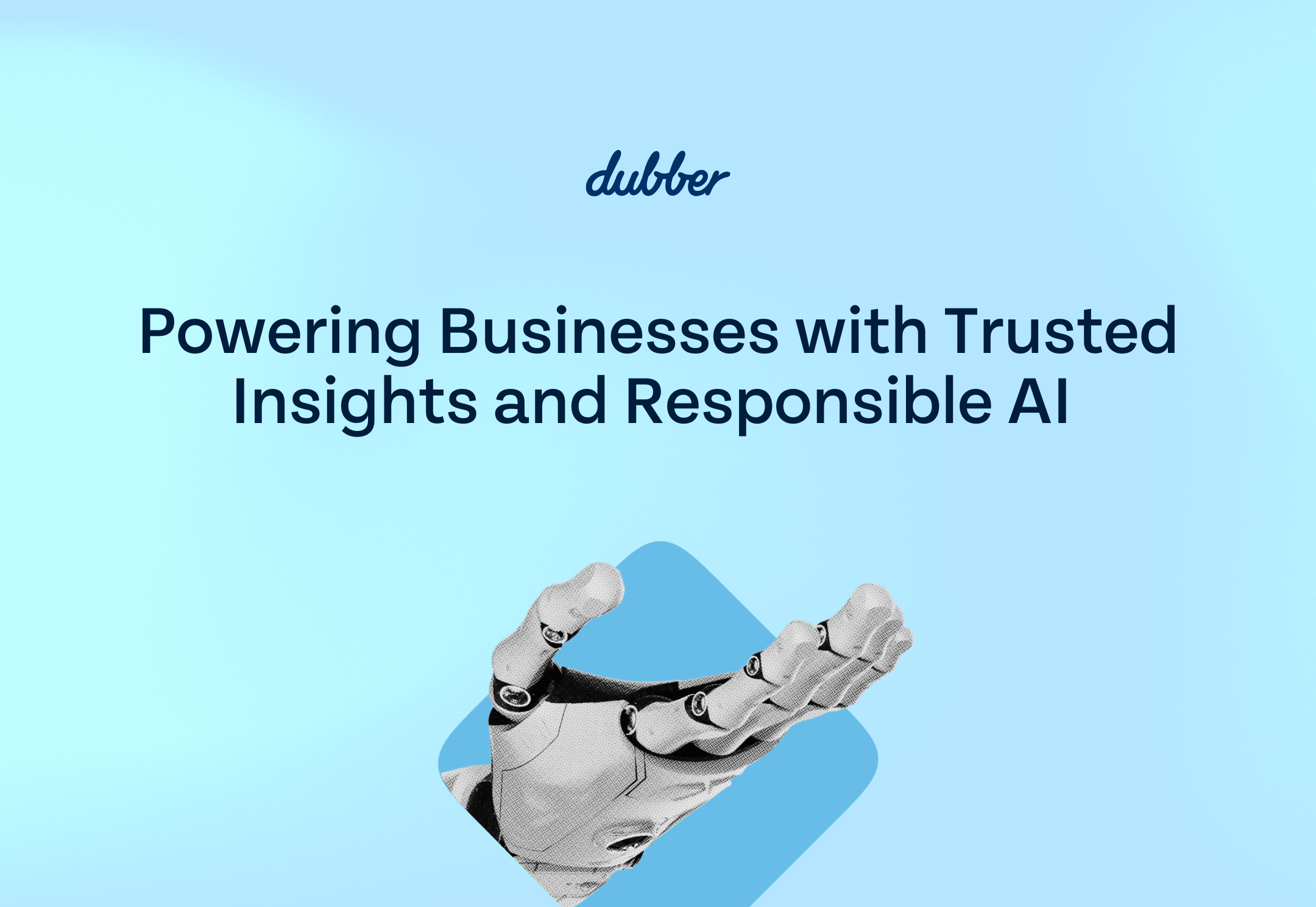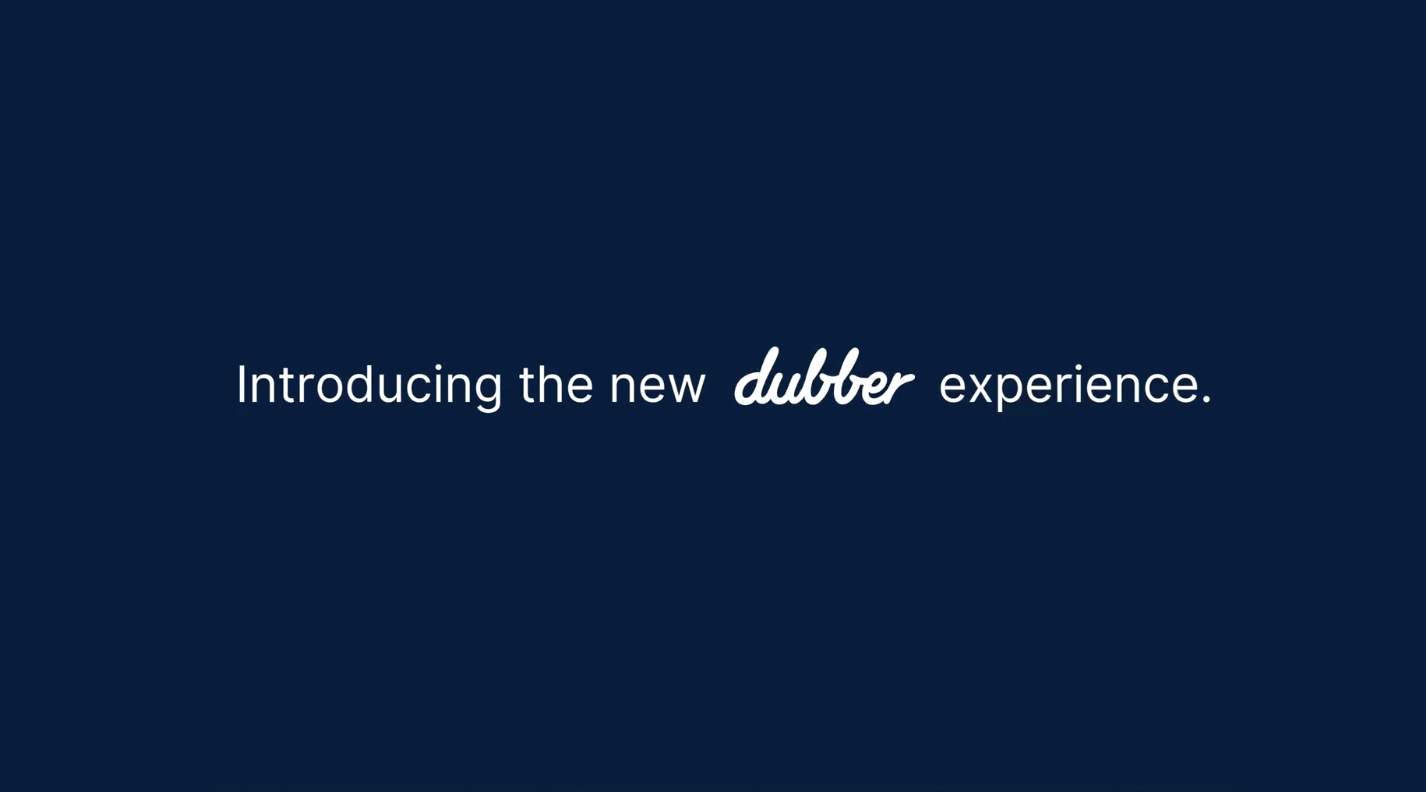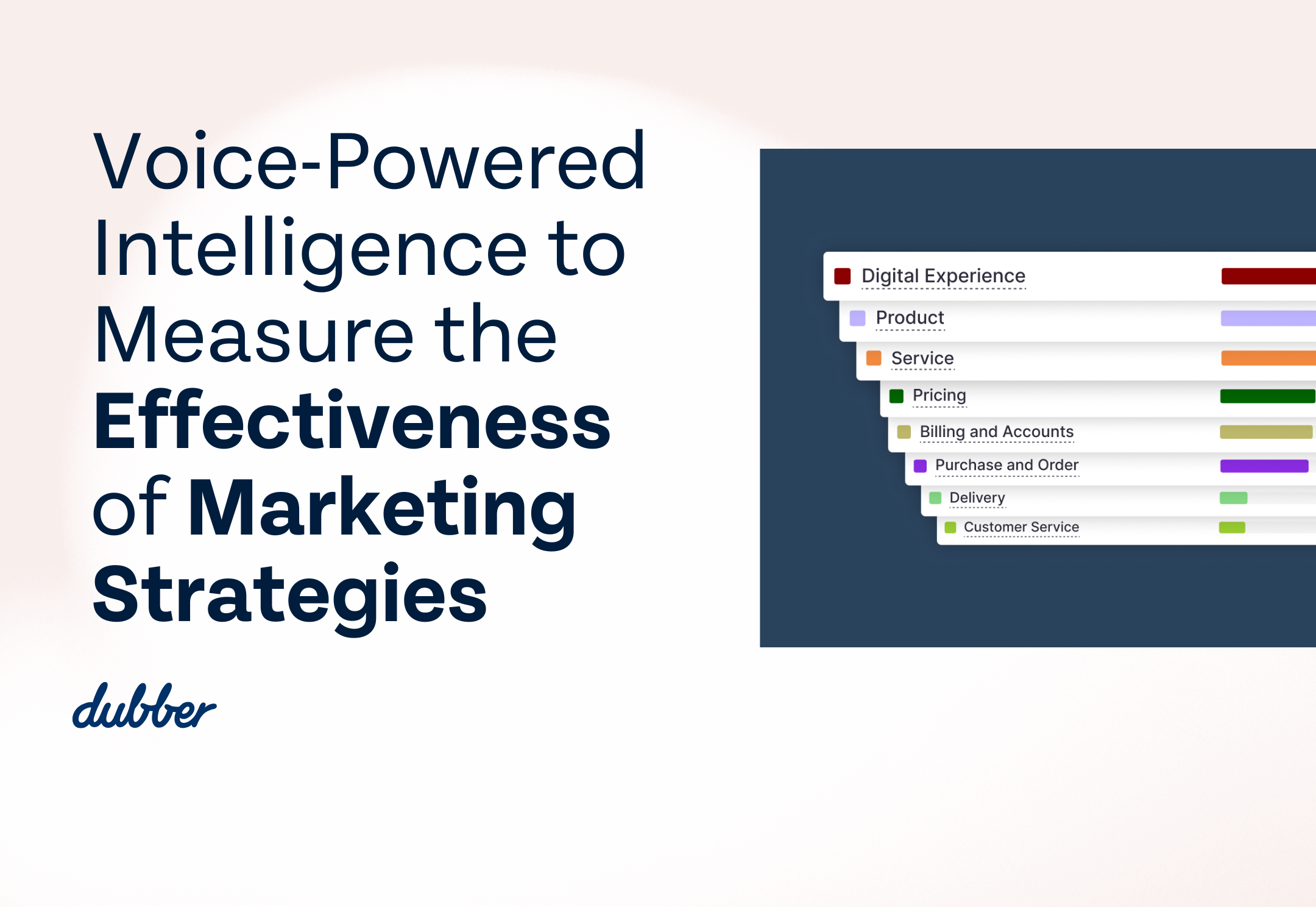

Voice Data + Big Data = Big Impacts
Our conversations are rich with information; but this valuable voice data is lost as soon as the call ends, or is trapped within proprietary call recording solutions. Voice is the largest untapped data source for most businesses, but if it is siloed its true value is lost. This is why we have introduced Data Exporter. This easy-to-use feature unlocks the voice data of a business and allows companies to truly unify their data to create a single source of truth.
When businesses export voice data and combine this with other internal data sources, they have the potential to tap into valuable insights. This can help to: develop dashboards to visualise contact centre agent performance, monitor and report on customer experience, deliver compliance reporting, access conversational content for investigations and customer remediation, enrich CRM data, and automate workflows. This kind of data cannot be extracted from chatbots or email and so is a valuable source of business intelligence.
What can businesses do with exported voice data?
Whether you’re a huge enterprise with a team of data scientists at your disposal, or you’re a small business owner who’s more comfortable with an Excel spreadsheet, data is key to making business decisions. We give you complete ownership of the data you collect from your calls, allowing you to use it in the way that best suits your business needs.
When you export data from Dubber, you are able to view call information, including sentiment ratings, tone and emotion. This kind of data can give a real insight into customer satisfaction and provide businesses with a better understanding of how customer conversations unfold.
You can unify exported voice data with data from other areas of the business, allowing for greater visibility. This is key to making your data work for you: with no more siloing of information, you get a 360º view of business trends and can more easily spot patterns.
Businesses can use contact centre analytics tools to compare data such as call volume, IVR path, and user numbers to analyse business patterns. Data can be exported to visualisation tools such as Tableau – or to tools that users are familiar with, such as Excel.
Improve customer satisfaction
Improving customer satisfaction and net promoter score is a key driver for businesses. By continually monitoring customer satisfaction using sentiment data, businesses can work to ensure satisfaction throughout sales, service, and complaints processes. Companies can use the knowledge gained from this analysis to raise customer satisfaction levels and increase the customer retention. Using Dubber’s Voice Intelligence Cloud, businesses can display sentiment and tone analysis. When viewed alongside call themes they can see how sentiment and tone changed over time.
Improve dispute resolution
Good complaint handling reduces overall operational costs. Businesses can analyse their exported voice data to ask questions of their complaints process. This data can show if complaints have been dealt with fairly and correctly by the customer service team, and whether anything could have been done differently. Customer service teams can identify common barriers to dispute resolution, alongside the root cause of complaints. This gives businesses the opportunity to address underlying issues and ultimately reduce incoming call volumes.
Understand first contact resolution
First contact resolution (FCR) provides an overview of customer resolution across various call types and shows the related sentiment and tone. FCR rates are determined by analysing spoken content within calls to find language relating to repeat contact such as ‘third time of calling’ or ‘last time I spoke with…’. When this is exported for analysis alongside CRM data and PBX records that show multiple interactions with the same users, businesses can determine the FCR rates for their calls.
Unresolved calls also provide an opportunity for deeper analysis around root cause and the frequency with which these escalate to negative call outcomes. Analysis of these calls can provide training insights.
Inform day-to-day business decisions
As well as using voice data to look at the big picture, businesses can also use it to inform everyday operations. Customer teams can export sentiment data to CRMs to inform a more personalised approach to customer interactions. Customers who are shown to be frequently exhibiting emotions such as fear or anger could receive a different approach to those who frequently show positive emotions on calls. Calls with negative sentiment can be used as a training tool for contact centre operators to learn how to alleviate negative emotions.
Particularly at this time when many businesses are operating with a remote workforce, management may want to use sentiment analysis to check on employees dealing with an increased number of calls with negative sentiment ratings.
Not a data scientist? No worries
Not everyone has the time or resources to undertake huge data science projects using expensive software. If you’re new to data science, we have you covered with our own set of templates for Google Data Studio. They will help you take your first steps into the world of analytics and business intelligence.
Available as standard for all Dubber AI plans
All businesses with Dubber AI plans will be able to use the Dubber API to export recording data up to a range of 31 days. Exports are presented as a csv spreadsheet where each row represents one recording, and include voice AI information. This allows data from recorded calls to be extracted in bulk. The new feature is included as standard through the API.

